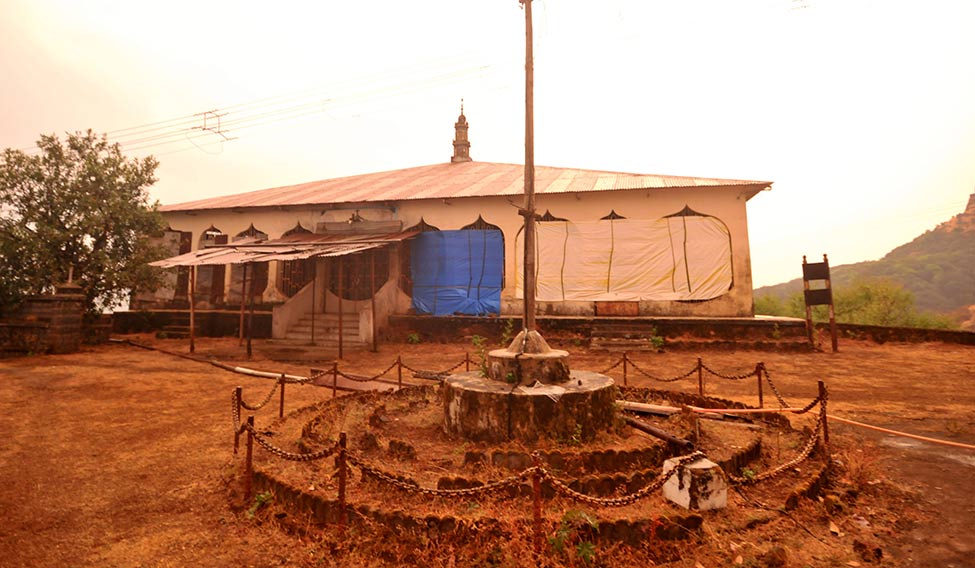Afzal Khan was a superstitious Adil Shahi war general. So, before mounting an attack on Chhatrapati Shivaji in 1659, he consulted a soothsayer. Death was certain, he was told.
The illustrious sardar of Ali Adil Shah II was not a man who would chicken out of war. He, however, feared that his 63 consorts would seek other men after his death. So he drowned them, and wished that he be buried near their graves.
Today, the 63 graves—called Saath Khabar (sixty graves)—lie unattended in Karnataka’s Bijapaur district, the old Adil Shahi capital. And, Khan languishes in a tomb shrouded in controversy at Pratapgad, Maharashtra.
Here is the legend. Shah was troubled by Shivaji and his guerrilla army, so he ordered Khan to flush them out of the hills of Mahabaleshwar.
Shivaji had set up base at the strategically vital Pratapgad Fort. Despite having a large army and elephants and all, Khan knew beating Shivaji in Mahabaleshwar would be an uphill task, almost impossible. The woods gave perfect cover for Shivaji’s fierce guerrillas. And Khan’s cannons stood no chance of making it to the heights.
Khan resorted to plan B. He sought a personal meeting with Shivaji. Both chiefs were to meet unarmed, with just two personal guards, at the fort’s base.
Shivaji sniffed chicanery. So he concealed a bagh naka—a knuckleduster resembling tiger claws—under his robe. And Khan, as Shivaji suspected, hid a dagger under his kaftan.
Khan embraced Shivaji, and took out the dagger. But Shivaji’s armour blunted the stab. Shivaji sprang back and disembowelled Khan with the bagh naka, and his trusted lieutenant Sambhaji Kavji beheaded him.
Thus began the famous Battle of Pratapgad, which made French writer Francois Gautier claim that Shivaji “surpasses” Napoleon Bonaparte, considering that he “fought in even more difficult conditions” sans “the might of a national army behind him”.
Shivaji and his guerrillas thwarted Shah’s army and held the fort. And the victory laid the foundation for the Maratha empire.
Shivaji was legendary for his magnanimity, too. Khan’s son, it is said, requested Shivaji that his father’s remains be buried at the place where he was beheaded.
Bury Khan with all military honours and build a tomb, ordered Shivaji.
Today, rusting police barricades welcome one to the tomb. Cross that line, and a pack of snarling dogs emerges out of the mist. A man rushes out of a building near the tomb, gesturing at us to stop.
“This is a police camp,” says the brusque officer in plainclothes. “Tourists are not allowed.”
It has been a decade since the tomb was locked up, he explains, as I show him my ‘Press’ card. “It is a big controversy,” he adds.
The controversy began with the tomb being ‘converted’ into a dargah. “Some people started offering namaz, and some Islamic groups took out processions from here,” says the officer.
The Vishva Hindu Parishad spewed fire over an “invader’s tomb being treated as a shrine”. It threatened to raze the structure, a la Babri mosque of Ayodhya.
Soon, the tomb was locked up and tourists were banned, citing law and order issues.
A 2013 PIL in the Bombay High Court had contended that the “ban is unreasonable as the tomb is a part of Maharashtra’s rich history and people should be allowed to learn more about it”.
But history, sadly, remains trapped in the deadlock.
And Khan must be turning in his grave. He could neither join his consorts nor have a peaceful tomb.







